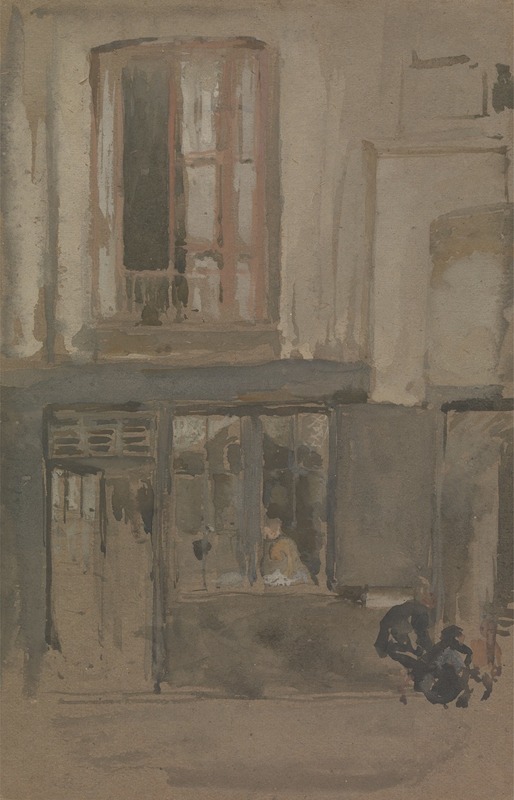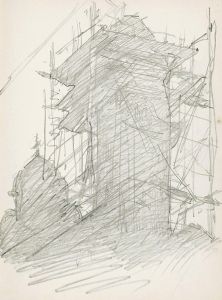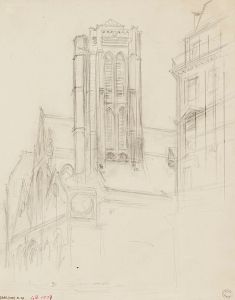
Facade of a House
A hand-painted replica of James Abbott McNeill Whistler’s masterpiece Facade of a House, meticulously crafted by professional artists to capture the true essence of the original. Each piece is created with museum-quality canvas and rare mineral pigments, carefully painted by experienced artists with delicate brushstrokes and rich, layered colors to perfectly recreate the texture of the original artwork. Unlike machine-printed reproductions, this hand-painted version brings the painting to life, infused with the artist’s emotions and skill in every stroke. Whether for personal collection or home decoration, it instantly elevates the artistic atmosphere of any space.
James Abbott McNeill Whistler's Facade of a House is a lesser-known work by the American-born artist, who is widely recognized for his contributions to the Aesthetic Movement and his innovative approach to art during the 19th century. Whistler, known for his emphasis on harmony and composition, often drew inspiration from his surroundings, and this particular piece reflects his interest in architectural forms and urban landscapes.
The painting depicts the exterior of a house, rendered with Whistler's characteristic attention to detail and subtle tonal variations. The work showcases his ability to capture the interplay of light and shadow on architectural surfaces, a skill that was evident in many of his cityscapes and etchings. Whistler's use of muted colors and delicate brushwork in Facade of a House aligns with his broader artistic philosophy, which prioritized mood and atmosphere over strict realism.
While specific details about the creation of Facade of a House are scarce, it is consistent with Whistler's broader body of work, which often included studies of buildings, streets, and other urban scenes. His fascination with architecture is also evident in his etching series, such as the Thames Set, where he explored the textures and forms of buildings along the River Thames in London.
The exact location or identity of the house depicted in this painting is not documented, and there is limited information about the circumstances under which the work was created. However, it is clear that Whistler's approach to this subject matter reflects his broader artistic goals of capturing beauty in everyday scenes and emphasizing the aesthetic qualities of his compositions.
As with many of Whistler's works, Facade of a House demonstrates his belief in the importance of art for art's sake, a principle that guided much of his career. This philosophy rejected the idea that art needed to serve a narrative or moral purpose, instead focusing on the visual and emotional impact of the work itself.
Due to the limited availability of detailed records about this specific painting, further information about its provenance, exhibition history, or critical reception is not readily available. However, it remains an example of Whistler's skill in transforming ordinary subjects into works of subtle beauty and artistic significance.


















